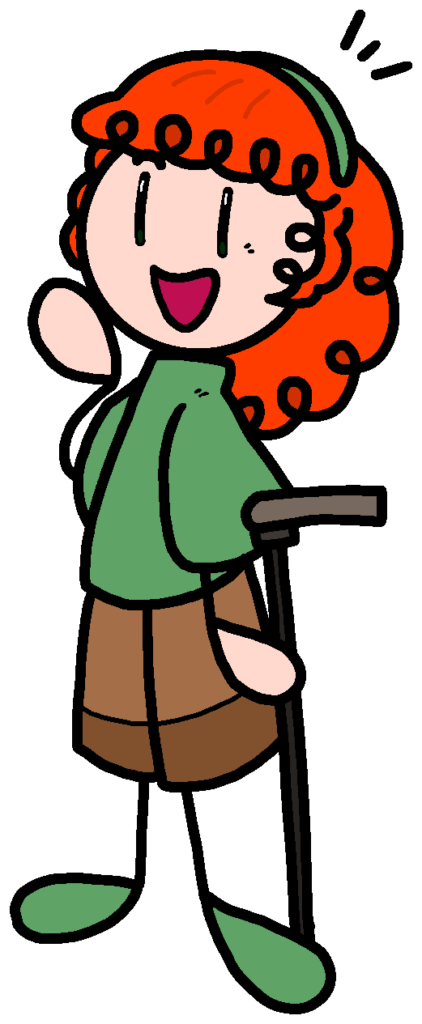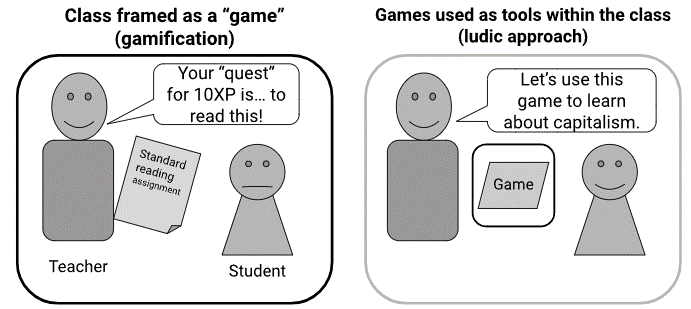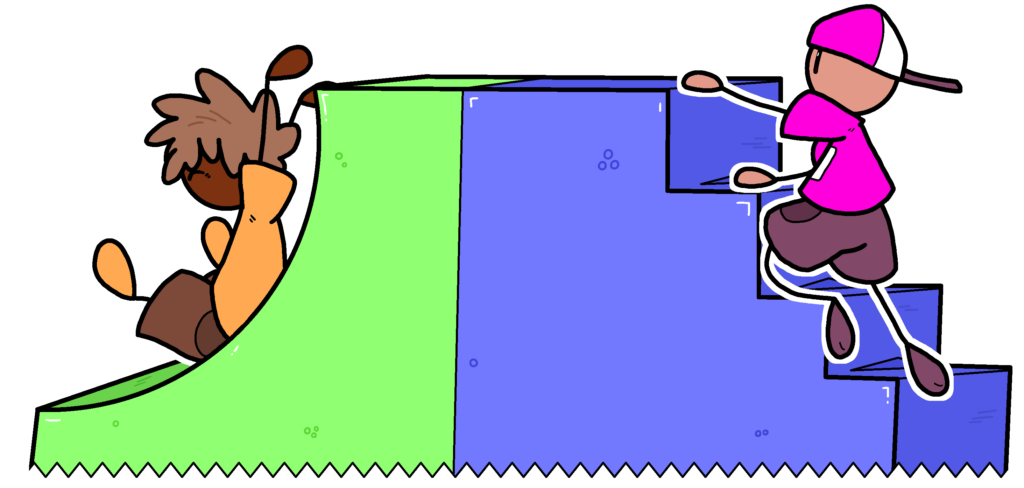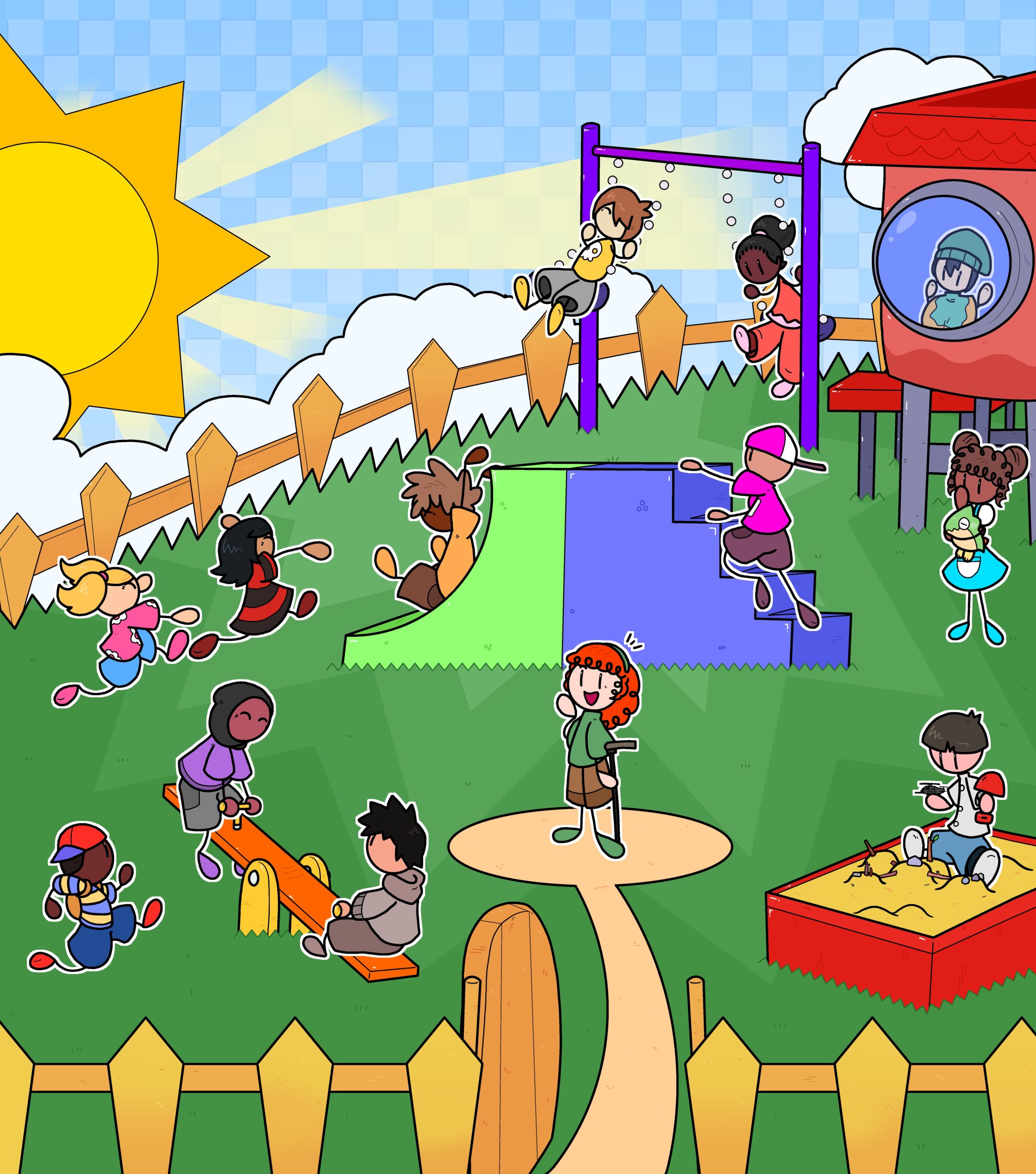Chapter contents
🕊️ On finding the “freedom to play”
🤔 Why play?
🪢 STEP 1: Know your constraints
🤸♀️ STEP 2: Understand the “ways to play”
🏗️ STEP 3: Build your playground(s)
🧑🎓 STEP 4: Let students play
🔁 STEP 5: Share your playgrounds

In this chapter, we extrapolate Bogost’s definition of play1 to teaching. Teaching playfully thus means operating the constrained system of their classroom or teaching environment to bring about gratifying experiences for their students (and themselves!).
We introduce what we mean by a ludic approach to teaching: the process of creating SPACE (five keywords: Safe, Participation, Agency, Critical, and Experiences) for students, fostering gratifying learning experiences. We also briefly introduce a guiding framework for teaching which focuses on methods, materials, and mediation.
- “…a way of operating a constrained system in a gratifying way” ↩︎
To play is to learn.

We outline the difference between gamification (behaviour manipulation, classroom as competetive game) and a ludic approach (holisitc, game-as-material) to teaching.
🛝 Turning schools into playgrounds
We think about how our current school model relates more to factories than it does playgrounds and show how we can reclaim our freedom to play in such a system (HINT: by gaining more ludic, language, and pedagogical literacy skills!).
playful activities must be surrounded by rigorous briefing and debriefing activities to ensure experiences are fully examined, understood, and connected to learning goals.

Our “SPACE” acronymn is derived from the core tenents of playful pedagogy, literacy teaching, and progressive pedagogy literature.
- Saftey
- Participation
- Agency
- Critical
- Experiences
We show you how to add SPACE in your own classroom towards gratifying experiences for all.
